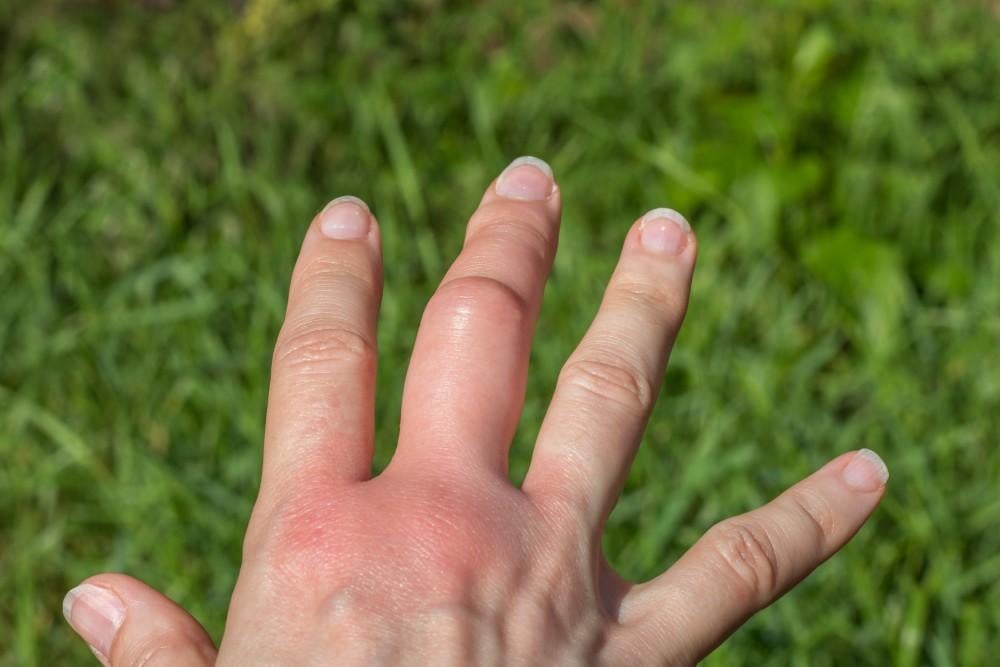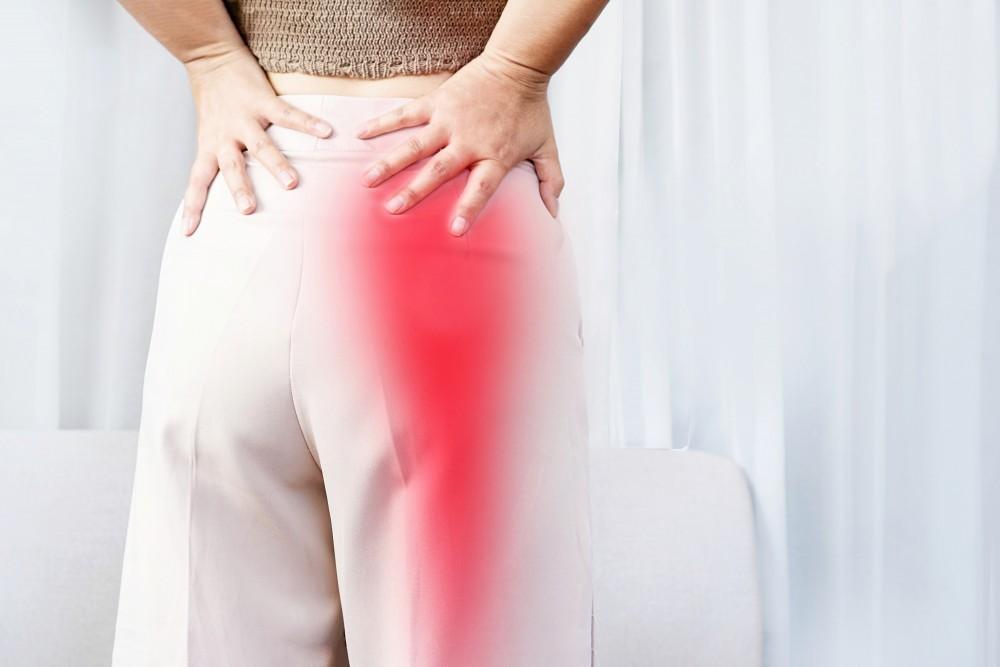Chronic pain is a common problem, and it can strike regardless of your background, age, or activity level. A recent study shows over 20% of all adults in the United States are dealing with some sort of chronic pain. Depending on the cause of your chronic pain, myofascial release may help.
The skilled medical team at Elite Spine and Health Center, led by Billy Cheong, DC, and Kesia Broome, DC, offer myofascial release for residents of Houston and Spring, Texas. Whether you’re healing from a health condition, sports injury or just trying to get rid of chronic pain, we offer a variety of personalized programs to help you find relief.
What is myofascial release?
Many conditions can cause chronic pain, including a condition that affects your muscles called myofascial pain. This pain can not only affect your muscles, but it can trigger pain in other parts of your body (also known as referred pain).
Myofascial release is a form of physical therapy that helps relax the affected muscles and give you relief from myofascial pain. Let’s explore the causes of myofascial pain, how myofascial release therapy works, and the benefits it can offer.
Causes of myofascial pain
Myofascial pain is the result of pressure on sensitive points on your muscles, called trigger points. This pain often develops after muscles repeatedly contract due to repetitive motions or stress-related muscle tension.
There are lots of factors that can set off your trigger points, including:
- acute muscle injuries
- continual muscle stress
- poor posture
- muscle clenching due to stress and anxiety
If these trigger points persist untreated, you may be diagnosed with myofascial pain syndrome. Myofascial release can help.
How myofascial release works
During a myofascial release session, a member of our team feels for trigger points, which usually feel stiff and tight compared to the surrounding areas. Once the trigger points have been found, we use manual pressure (using hands or other tools like a foam roller or a ball) to relieve the pressure.
Often, our team treats both the area around the trigger point and the areas where the referred pain is located. The process can leave you initially sore, but once that subsides the treated areas should feel looser and more relaxed. This process often takes several sessions until the tension is fully released, but afterwards you should experience significant relief.
The benefits of myofascial release
Myofascial release is a good fit for people from all walks of life. In addition to helping with myofascial pain, it can also help with soft tissue discomfort, muscle discomfort, restricted range of motion, or overuse injuries.
It’s also great for parts of your body that are frequently used, including your:
- neck
- shoulders
- jaw
- lower back
- hips
- calves
Regular myofascial release sessions may increase your range of motion, reduce soreness, help you recover from an injury, improve circulation, relieve stress, and help you relax.
Consistent work on the affected parts of your body is key to long-term results. If you’re dealing with chronic pain and need relief, make an appointment with Dr. Cheong, Dr. Broome, and the team at Elite Spine and Health Center today.




